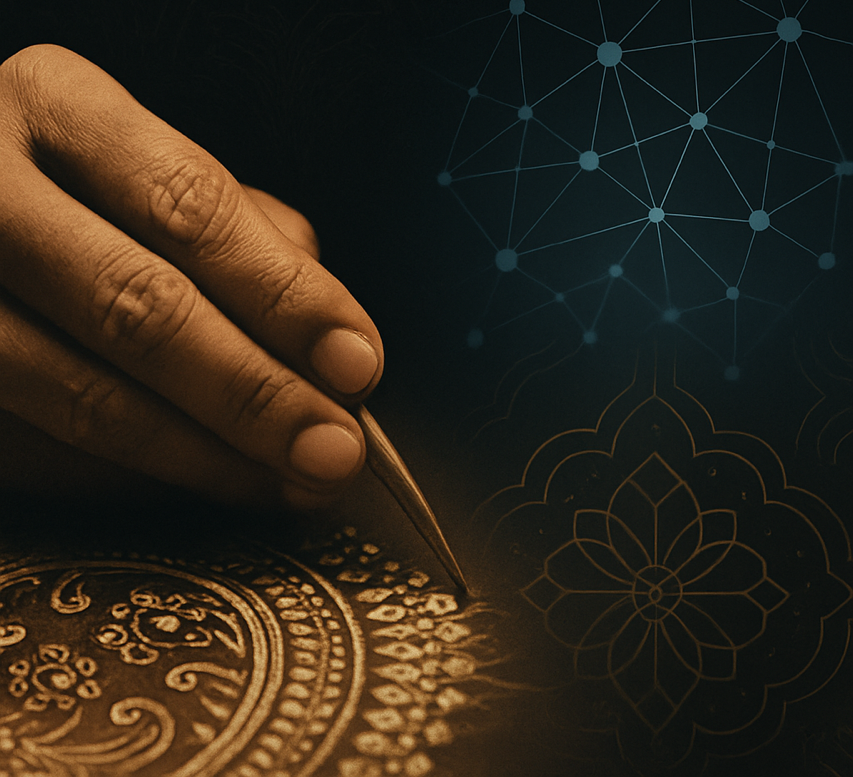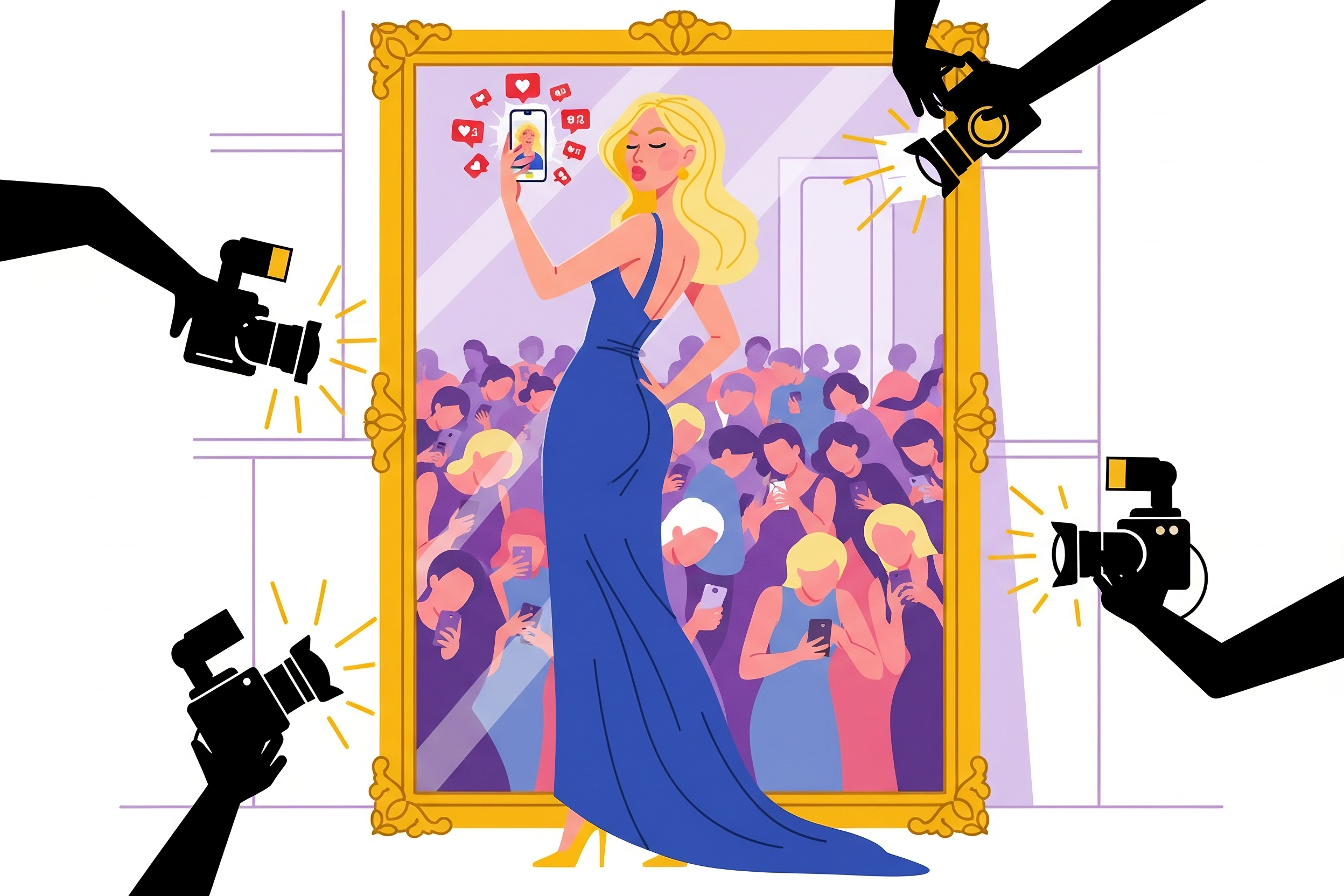
Social media influencers are helping to shape how brands are perceived by consumers, and there is no place where this is more true than in China. Lotus Ruan lists the top 10 bloggers shaping the industry.
It can be head-spinning to navigate China’s sea of fashion bloggers and KOLs on WeChat and Weibo, but knowing who they are can be imperative for engaging Chinese consumers. Services like ParkLu are out there to help luxury brands find their perfect match in the fashion blogging world based on narrowing down a target audience by region or style, but it still helps to know some of the main players in the game who have a broad reach. The five bloggers below are not only influencing consumers, but setting out a path for the countless other style critics on the scene.
1. Thomas YE Si
Weibo: @gogoboi
WeChat: @realgogoboi
The name probably does not sound familiar to professionals in the fashion world, but that’s because it’s his nickname, “Gogoboi”, that everyone knows. With more than 7 million followers on Weibo and more than 100,000 views per article on average on his WeChat, Ye is undoubtedly one of the most influential luxury fashion bloggers in China. Ye started off as a junior fashion editor at Grazia China and has been curating his personal commentary and social media style for more than six years. Ye stands out because of his uniquely acerbic and snarky critiques on celebrities and their outfits.
Luxury brands like Louis Vuitton, Cartier, Dior, and Furla have all commissioned Ye to promote their products or publish comments on celebrities wearing their collections on his social media channels. During Paris Fashion Week Fall/Winter 2015, luxury brand Louis Vuitton even partnered with Ye by giving him full access to the brand’s official Weibo account to tweet about the fashion event. In 2016, Ye moved beyond fashion blogging and set up his own channel on Youku, China’s Youtube-like platform, where he interviews both Chinese and international celebrities such as TFboys, Karlie Kloss, Cate Blanchett, and Tim Burton.
2. Li Beika/Becky’s Fantasy
WeChat: @Miss_shopping_li
In this screenshot from her WeChat account Li Beika is showing off her style, listing brands she’s wearing below the photo.

If you ask around which WeChat public accounts Chinese consumers follow to seek fashion and shopping tips, they’ll probably mention “Becky’s Fantasy”. The person maintaining this account, who amassed more than 700,000 followers by mid 2016, is Fang Yimin, now better known as “Li Beika/Becky” to many of her fans. Her blog features outfits and products ranging from mainstream luxury brands to little-known high-quality independent labels. Unlike many other bloggers in China who either have training or work experience in this field, Li is a journalist-turned-fashion-blogger who used to cover politics and current affairs. This seemingly unrelated experience has equipped Li with a sharpened ability to identify what is trending, what readers do and don’t like, and what writing styles attract most views in the world of fashion. The targeted audience of her WeChat public account is women of middle-to-upper income class, and the content Li shares on a daily basis is directly about where and how consumers should spend their money.
Li’s ability to spot fashion trends and actually know where to get them have earned her the nickname “My God”, in which “My” sounds similar to the Chinese word “Buy” (mai). Once, Li recommended an Italian handbag brand which was known to few and only has one store in Chongqing in southwest China, and before long, the brand saw skyrocketing sales growth. So far, Li has worked with brands like Gucci, Chanel, Jo Malone and many others.
3. Shi Liu Po Report
Weibo: @石榴婆报告
WeChat: @love16po

The “Shi Liu Po Report”, a WeChat public account launched in early 2013 and run by former Shanghai-based journalist Cheng Yan, covers Hollywood gossip and information about film and television, street style, and fashion trends of foreign celebrities. Today, the “Shi Liu Po Report” has more than 100,000 views per article on average and a rising CPS (Cost Per Sale).
It stands out from many other fashion blogs for its clear focus on European and American fashion trends, ranging from English model Rosie Whiteley’s spaghetti strap dress and American actress Brie Larson’s Gabriela Hearst handbag, to Fashion Director of Vogue Ukraine Julie Pelipas’s latest style collections. As China is becoming more global, its consumers are seeking more first-hand knowledge and real-time updates of the international fashion world (and, sometimes, gossip). Cheng revealed that most of her readers are based in first-tier cities in China and a fair amount are overseas students in Britain and North America. Cheng herself has been invited to the Dior 2016 Spring Show, London Collections: Men, Cannes International Film Festival, and many other events.
4. Mr. Bags
Weibo: @Bags包先生
WeChat: @bagsbaoxiansheng
“Mr. Bags”, whose real name is Tao Liang, writes about luxury bag trends, filling a niche in China’s chaotic fashion blogging world. Compared to the above-mentioned bloggers whose primary audiences are female, Mr. Bags has also catered to men’s fashion, even working with brands like Strathberry to provide design consulting for a spring line of men’s totes.
In a recent Exane BNP Paribas report, “Mr. Bags” is ranked third on the list of Top 10 Fashion Bloggers in China based on his more than 2.7 million followers on Weibo. On WeChat, each article has achieved more than 100,000 views since February 2016, with his 2016 Valentine’s Day post amassing nearly 1 million views. In 2017, Givenchy worked with Mr. Bags to design special Valentine’s Day edition “Mini Horizon” handbags, giving his WeChat followers exclusive access to purchase the bags. He sold out of 80 handbags within 12 minutes. Within the past year, Liang has been commissioned by Fendi, Louis Vuitton, Celine, Gucci, Stella McCartney, Valentino, and many others to promote products to the Chinese market.
Luxury retailers are already taking note of his influence—Farfetch, for instance, once created a “Mr. Bags’ Picks” page to boost sales.
5. Dipsy
Weibo: @Dipsy迪西
WeChat: @realDipsy
Screenshots from Dipsy’s WeChat account.

Dipsy, whose Chinese name is Di Xi, is from Chongqing in southwest China. Despite having more than 4.7 million followers on Weibo, Dipsy hasn’t received as much media coverage as the above-mentioned Chinese fashion bloggers. In 2016, Dipsy was awarded as having the “Best Fashion Commentary” by We-Media.
Key opinion leaders (KOLs) attract audiences partly because of their unique personality and specific writing style, and Dipsy, quite contrary to Gogoboi, is embraced by followers for his fair, mild, and objective comments on celebrities’ fashion taste. A majority of his writing is commentary on the latest fashion shows of luxury brands like Versace, Givenchy, and Louis Vuitton.
6. Modish Vane
Weibo: @大饼搭配札记
WeChat:@modishvane
While the fashion industry is becoming more tolerant of body acceptance, fashion blogging, especially in China, is dominated by tall and thin influencers. Modish Vane thus stands out as being a blogger who, at 5-foot-3, claims to represent a more average body type. Her role is to help her followers learn how to mix and match items to wear styles typically embraced by Western celebrities (who tend to be taller). She features herself in her blog posts wearing outfits to inspire consumers on how to incorporate more high-end pieces in daily wear.
7. Peter XU Fengli
Weibo: @徐峰立
WeChat: @peterxu86

With more than 4 million followers on Weibo alone, Peter XU Fengli is undoubtedly a KOL in the fashion blogosphere in China. He has worked with MCM, Bottega Veneta, Hugo Boss and many other international brands as a fashion blogger. Yet, instead of focusing heavily on Hollywood celebrities, Xu pays a lot of attention to Chinese models, actors/actresses, and singers. His articles are evenly distributed between women’s and men’s collections and are intended to help consumers keep up with Chinese fashion trends and Chinese celebrity news.
8. Lawrence LI
Weibo: @VintageMuse
WeChat: @HellowVintageMuse

The highly commercialized fashion industry, especially the advent of “fast fashion”, has made fashion an easily accessible concept to the public. To some, it is a good trend that should not be reversed. To Lawrence Li and his hundreds of thousands of followers on Chinese social media, people should take time to reconnect fashion with a sense of art, culture, and history, hence the name of his account “Vintage Muse”. Unlike most fashion bloggers who like to post colorful pictures of fashion weeks, new collections, and fancy outfits with overtly commercialized descriptions, a large number of Li’s posts are black-and-white or vintage-style photos with a simple, objective description introducing a brand, a person, or a collection’s history and values.
9. Mr. Ji Liang
Weibo: @吉良先生
WeChat: @mr_kira_xoxo

Ji Liang is, among other things, a writer, a blogger, a fashion critic, an editor, and a radio DJ. Even those who are not into the fashion scene or have not followed Ji Liang on Weibo or WeChat, may still have heard of the fashion and lifestyle website Only Lady (女人志), where Liang was once its creative director, or the book Messenger of Time Difference: A Love Letter to Mr. Z that Liang authored. Liang’s posts are a mix of professional comments on international fashion shows such as Valentino Fall/Winter 2017 Men’s collection and Gucci Spring/Summer 2017 collections and his personal opinions on the latest films, magazines’ cover pages, and even Chinese games. It’s likely his gaming commentary is a driving factor in his earning more than 2 million followers.
10. GAO Bo
Weibo: @FreshBoy
WeChat: @SOFRESHTOWEAR

While his engagement isn’t as high as his counterparts, Gao Bo, or “Fresh Boy,” is one to keep an eye on for his posts on luxury fashion. Before fully committed to his “FreshBoy” social media brand, Gao was an fashion editor at NetEast, one of China’s largest portal sites. The years of work experience might explain his penchant for being on top of the trends and news in the fashion world. Gao makes his platform easy to navigate by sorting posts via hashtags on Weibo and maintaining just one to two high-quality updates of articles or promotions on WeChat per day.
Gao features primarily items from mainstream luxury brands such as Versace, but occasionally introduces little-known brands like Sea New York to his half a million followers. Those who don’t feel up to scrolling through his Weibo page and want to get right into shopping can use his hashtag “Shopping Is A Stepping Stone For Mankind’s Evolution” to know where to spend their money. Posts under this hashtag also include useful tips for China-based fashion lovers to shop on overseas websites. To e-business operators, posts of this kind make for a great opportunity to build up brand awareness and boost sales among Chinese customers.
Originally posted on Jing Daily










